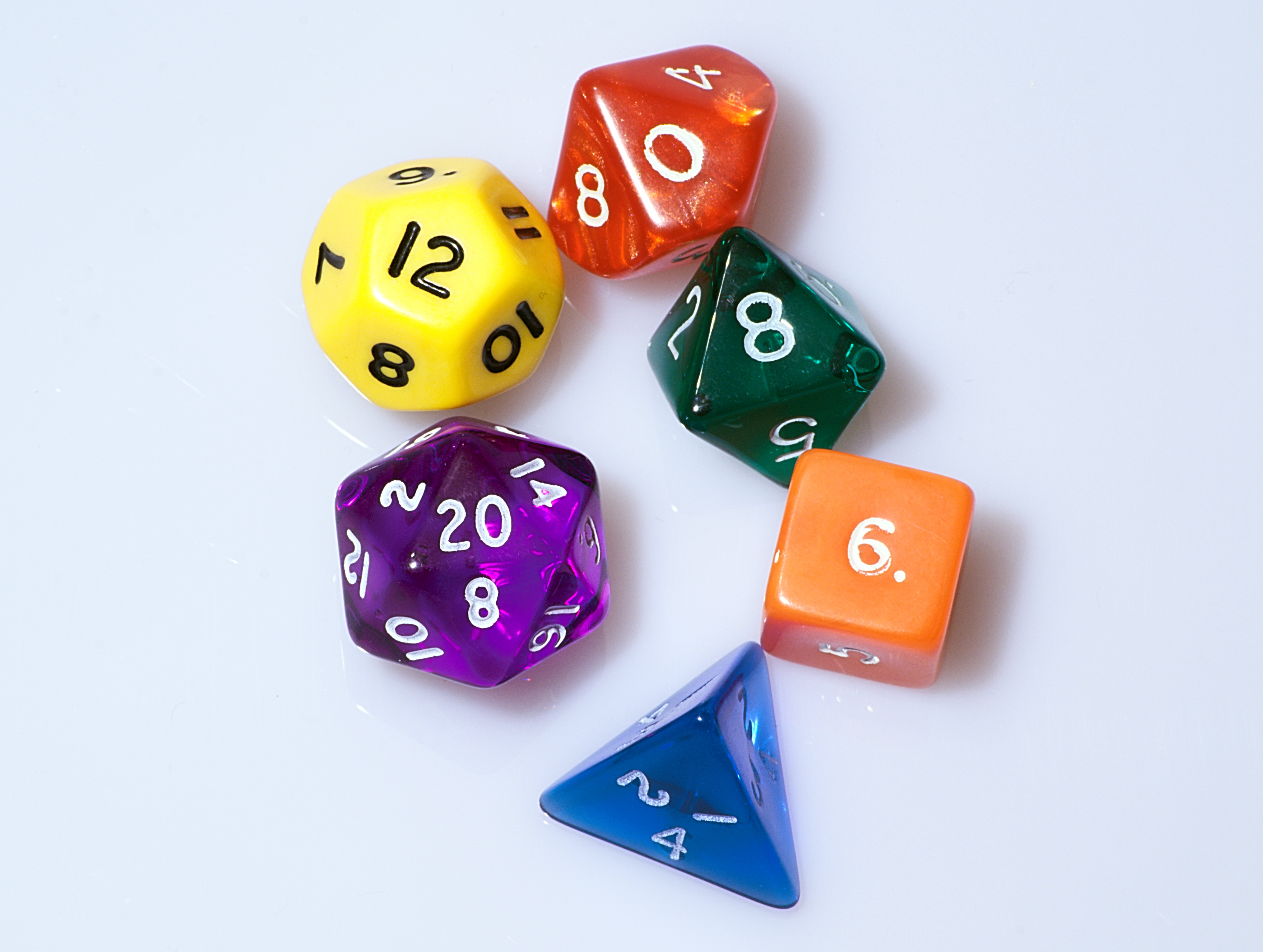 With the 2016 release of the popular Netflix series, “Stranger Things,” the 1970’s role playing table top game known as “Dungeons and Dragons” has been making a comeback – entering into mainstream media in several facets from live streaming web-series to podcasts to TV shows. In a 2017 New Yorker article that describes this comeback, Neima Jahromi describes the time spent submerging into the fantasy make believe of Dungeons and Dragons as an “escape” from the troubles of reality.
With the 2016 release of the popular Netflix series, “Stranger Things,” the 1970’s role playing table top game known as “Dungeons and Dragons” has been making a comeback – entering into mainstream media in several facets from live streaming web-series to podcasts to TV shows. In a 2017 New Yorker article that describes this comeback, Neima Jahromi describes the time spent submerging into the fantasy make believe of Dungeons and Dragons as an “escape” from the troubles of reality.
Since my time spent studying abroad, a couple friends in my program started up a vast and ongoing adventure in our own Dungeon and Dragons campaign and I have since joined two additional “stories” upon returning to campus in January. As I grow more and more interested in the rules and details of the game – outlined in several volumes of books released by the game publishing company, Wizards of the Coast. As I familiarize myself with the game I am starting to understand the ways in which this fantasy genre may reflect issues within the real world.
The fantasy world of Dungeons and Dragons is characterized by an abundance of creatures – many that would be found in a world written by Tolkein or encountered in HBO’s “Game of Thrones.” These “races” (commonly termed in the rhetoric of the Player’s Handbook) consist of various creatures of different sizes and features: humans, elves, dwarves, goliaths, giants, etc. In generation of these characters, one must assign randomized numeric scores that quantify the player’s strength, dexterity, constitution, intelligence, wisdom, and charisma. In a dice rolling game that relies on the chance of rolling a 20 sided die against the various skills one has organized their character to be more or less proficient in, this numeric system makes sense in allowing the game to operate as such. What is easily overlooked in these rules, however, are the bonuses and disadvantages assigned to various races. For example, a gnome automatically receives +2 to its intelligence score. At a first glance, it makes sense to add variation and strategy to the character generation process. From an outside perspective however, it is important to wonder the implications of categorizing and quantifying the qualities of a creature based on its “race.”
Of course, the intention of the fantasy realm of these games is to represent an escape from reality and not to reflect the racial tensions that occur today. The issue in this racial system, however, is not one unheard of. Paul B. Sturtevant discusses this topic in great detail in a post in the series Race, Racism and the Middle Ages for The Public Medievalist. Applying concepts of psychology to this system, there is clear homogenization that occurs by applying quantified disadvantage or advantage to an entire race. This raises questions about the game as a whole. Due to the “game” of it, is it problematic to exercise this way of categorization and homogenization? Is the genre of Dungeons and Dragons, Game of Thrones, Skyrim, etc. another way that implicit racial biases and attitudes are sneaking into education? Is fantasy characterization as a whole possible in a world without ongoing systematic racism affecting the lives and wellbeing of oppressed groups?
Kyle, I think this post is so interesting – I love that you were able to relate this back to an aspect of your everyday life! It’s awesome that you were able to catch such a subtle racial innuendo, one that most people probably overlook. I do not know much about the game, but from what you’ve laid out here there definitely seems to be some underlying biases and racial undertones involved. Especially the concept where certain characters of specific “races” have skills that pertain most to them, and they receive advantages from these skills. It sort of, in a way, reminds me of the American Dream game we played in class, and your comment regarding how something that advantages one group almost always sets back members of other groups. There is never a point where everyone ends up benefiting. It is an interesting parallel, I think, between the two.